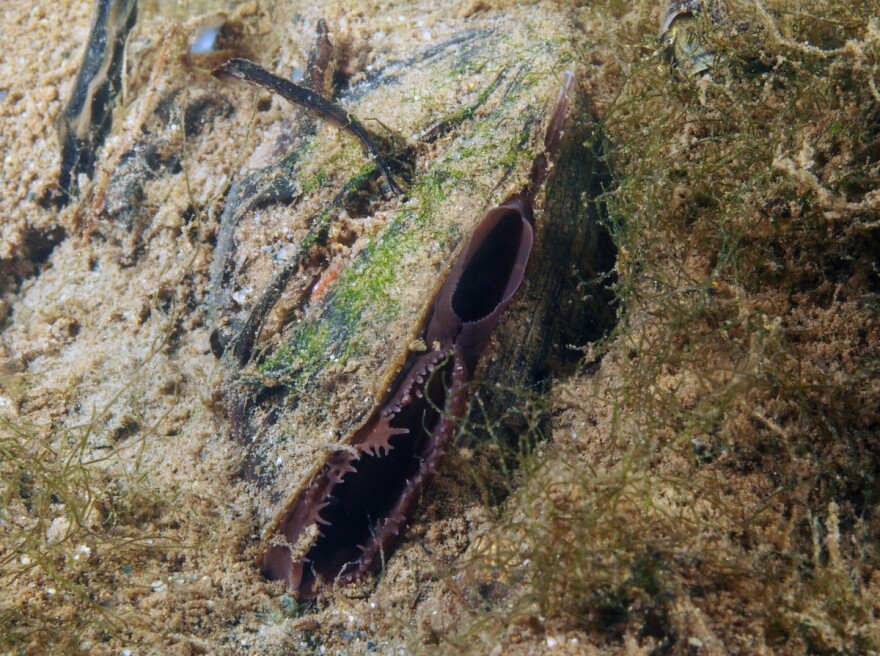The Northwest’s freshwater mussels are in trouble, rapidly declining in almost every population biologists study.
Take 2005, when biologists counted historic numbers of freshwater mussels in the North Fork of Oregon’s John Day River. They counted around 500 mussels per meter squared, similar to what Lewis and Clark noted on their westward expedition.
“They said you couldn't step into the river without stepping on 100 mussels,” said Alexa Maine, lead biologist for the Confederated Tribes of the Umatilla Indian Reservation’s Freshwater Mussel Research and Restoration Project.
By 2007, every mussel in the North Fork of the John Day River was gone, Maine said.
“When mussels start dying en masse like we see now, that, to me, signals there's a greater issue going on that we're not yet recognizing,” Maine said.
Biologists aren’t sure what’s going on. They’re working to figure it out quickly.
Freshwater mussels face challenges that include warming waters caused by climate change, an abundance of non-native fish species, habitat destruction, and pollution.

In fact, the U.S. Fish and Wildlife Service is taking a closer look at one species of freshwater mussels, the western ridged mussel.
The service initially conducted a 90-day initial assessment that found western ridged mussels might be a good candidate for the Endangered Species List.
Now, the service will take an even closer inspection, known as a species status assessment, of the western ridged mussel throughout the five states in its range, including in Oregon, Washington and Idaho.
The assessment will help researchers learn more about the western ridged mussel life history and current conditions. In addition, the assessment will predict what the future might look like for the western ridged mussel.
Only a handful of freshwater mussels can be found in the West, compared to the up to 300 species found east of the Continental Divide, Maine said.
“It's pretty difficult these days to find two species in one location together, let alone a population that is what we call self-sustaining,” Maine said, of mussels in the West.
Freshwater mussels, which live 60 to 100 years, clean the rivers and streams where they’re found. One mussel can clean 10 gallons of water in around 30 minutes, said Courtney Newlon, a fish and wildlife biologist with the U.S. Fish and Wildlife Service.
“The mussels do a lot of work behind the scenes, such as maintaining water quality, filtering out sediments like pollutants and bacteria, and they provide food and habitat for other aquatic species,” Newlon said.
A time lapse video of freshwater mussels filtering water.
As a species that these ecosystems depend on, known as a keystone species, freshwater mussels could be an indicator that not all is well in Northwestern waters, Maine said.
“I think mussels are part of this larger picture of environmental decline and species destruction and all of that that's happening,” she said.

Moreover, tribes used mussel shells as a cultural resource in jewelry and ornamentation, Maine said. Historically, tribes considered freshwater mussels a first food, a staple food source, boiling and drying them to eat in the winter, Maine said.
The Confederated Tribes of the Umatilla Indian Reservation heads up the only project dedicated to breeding and restoring freshwater mussels in the West.
For that project, Maine snorkels rivers within the tribe’s ceded lands, scouring the riverbeds for what might at first appear to be a rock but instead is a freshwater mussel.
After finding many mussels that haven’t reproduced, she said she wonders if she’s watching elder mussels die out over decades.
“Mussels are now screaming, saying, ‘Help us do something, there's something going on,’” Maine said.


